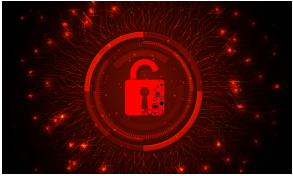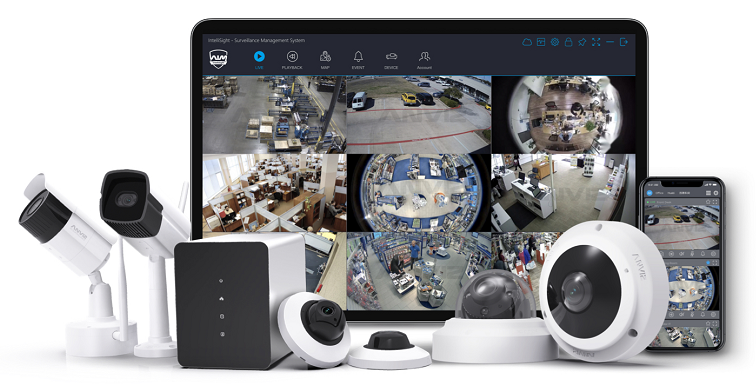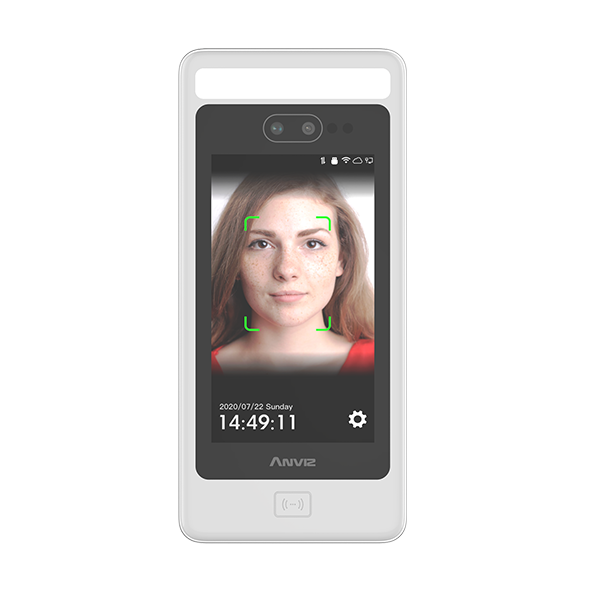
AI Based Smart Face Recognition and RFID Terminal


Recent technological advancements have made it easier to reduce risk and safeguard your workplace. More businesses have embraced innovation and found solutions to workforce time management and space management problems. Especially for small modern businesses, having the right smart security system can make all the difference in keeping your workplace, and your assets,safe. Also, it helps to control and improve customer service, and monitor employees’ performance.
Access Control & Video Surveillance are two important parts of smart security. Many people are now used to entering the office using face recognition and checking workspace security with video surveillance.
According to the ResearchAndMarkets.com's report, the Global Video Surveillance Market is estimated to be USD 42.7 Bn in 2021 and is expected to reach USD 69.4 Bn by 2026, growing at a CAGR of 10.2%. The Global Access Control Market reached a value of US$ 8.5 Billion in 2021. Looking forward, the market is expected to reach US$ 13.5 Billion by 2027, exhibiting at a CAGR of 8.01% (2022-2027).

Today's modern businesses have an unprecedented opportunity to experience the benefits of smart security solutions. Those who are able to embrace new developments in security system architectures could address security risks at every turn and reap greater benefits from their security system investments. This white paper shares the reasons why an Edge AI + Cloud-based platform should be the first choice for modern businesses.

Unlike Cloud computing, Edge computing is a decentralized computing service that includes storage, processing, and applications. The Edge refers to servers that are located regionally and are closer to endpoints, like surveillance cameras and sensors, where the data is first captured. This method reduces the amount of data that must travel over the network so causing minimal delays. Edge computing is thought to improve Cloud computing by performing Data Analytics as close as possible to the data source.
In an ideal deployment, all workloads would be centralized in the cloud to enjoy the benefits of scale and simplicity from cloud-AI. However, concerns from modern businesses about latency, security, bandwidth, and autonomy call for an artificial intelligence (AI) model deployment at the Edge. It makes complex analytics such as ANPR or AI-based detection affordable for clients who do not intend to purchase a sophisticated AI local server and spend time configuring it.
Edge AI is essentially AI that utilizes Edge computing to run data locally, thus taking advantage of the benefits Edge computing offers. In other words, the AI computation is done on devices near the user at the edge of the network, close to where the data is located, rather than centrally in a cloud computing facility or private data center. The devices have the appropriate sensors and processors, and do not require a network connection to process data and take action. Therefore, Edge AI provides a solution to the shortcomings of cloud-dependent AI.
Many leading physical security vendors have already been using edge AI in access control and video surveillance to improve efficiency and reduce the overall cost of production/ service. Here, edge AI will play a key role.
As Neural networks algorithms and related AI infrastructure develop, Edge AI is being introduced into commercial security systems.
Many modern businesses are using object recognition AI embedded in smart terminals for workplace safety and security. Object recognition AI with a strong neural network algorithm is able to easily spot elements in any video or image, such as people, vehicles, objects and more. Then it is able to analyze and bring out elements of an image. For example, it can detect the presence of suspicious individuals or vehicles in a sensitive area.

Edge facial recognition is a technology that relies on both Edge computing and Edge AI, which dramatically improves the speed, security, and reliability of access control devices. When used for access control, Edge facial recognition compares the face presented at the point of access to a database of authorized persons to determine whether there is a match. If there is a match, access is granted, and if there is no match, access is denied and a security alert can be triggered.
Facial recognition that relies on Edge computing and Edge AI can process data locally (without sending it to the cloud). Because data is much more vulnerable to attack during transmission, keeping it at the source where it’s generated dramatically reduces the chance of information theft.
Edge AI is capable of differentiating between real-life human beings and non-living spoofs. Liveness detection on the Edge prevents face spoofing attacks using 2D and 3D (static or dynamic image and video footage).

Edge facial recognition is a technology that relies on both Edge computing and Edge AI, which dramatically improves the speed, security, and reliability of access control devices. When used for access control, Edge facial recognition compares the face presented at the point of access to a database of authorized persons to determine whether there is a match. If there is a match, access is granted, and if there is no match, access is denied and a security alert can be triggered.
In essence, the Edge AI solution puts a brain into every camera connected with the system, which is able to quickly analyze and transmit only relevant information to the cloud for storage.
In contrast with a traditional video security system which moves all data from every camera to a single centralized database for analyzing, Edge AI makes the cameras smarter – it analyzes the data right at the source(the camera) and only moves relevant and important data to the cloud, thereby eliminating significant costs for data servers, additional bandwidth, and infrastructure costs usually associated with high-volume video collection and analysis.

As the number of recordings from surveillance cameras is growing every day, so the problem of storing such large-scale data archives is becoming important. One alternative to local storage would be to transfer video to a cloud-based software platform.
Customers are now becoming more and more demanding about their security systems, expecting almost instantaneous responses to their concerns. Meanwhile, they also expect the system has typical benefits associated with any digital transformation - centralized management, scalable solutions, access to tools that require powerful processing, and reduction in costs.
A cloud-based physical security system is quickly becoming the favored option as it becomes possible for organizations to process a large amount of data in the cloud with low cost and high management efficiency. By moving costly infrastructure to the cloud, organizations can typically see a reduction in the total cost of security by 20 to 30 percent.
With the rapid growth of cloud computing, the marketplace and the ways security solutions are managed, installed and purchased is rapidly changing.
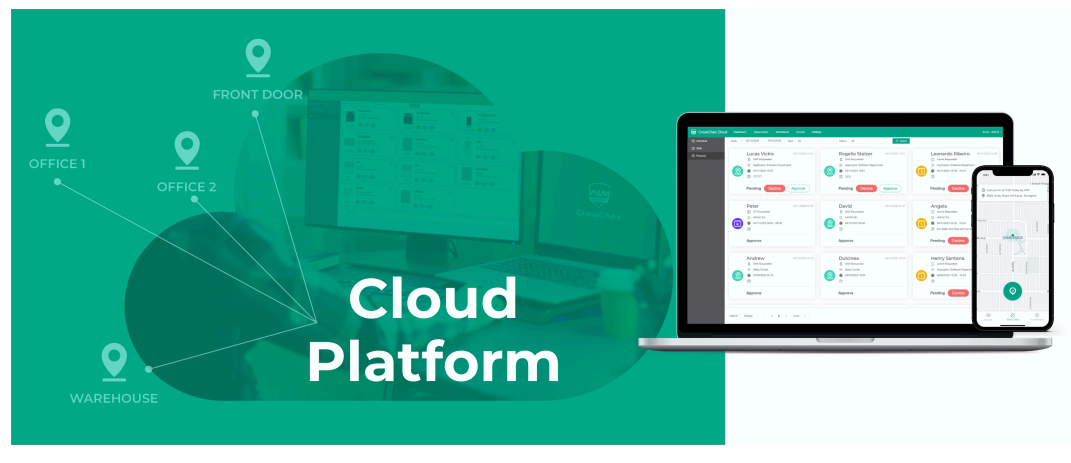
Security can be easily scaled by centralizing everything through the cloud. An unlimited number of cameras and access control points can be added to a cloud platform. Dashboards help keep data organized. There is a solution for every scenario as you scale, such as gates, parking lots, warehouses, and areas without network access.

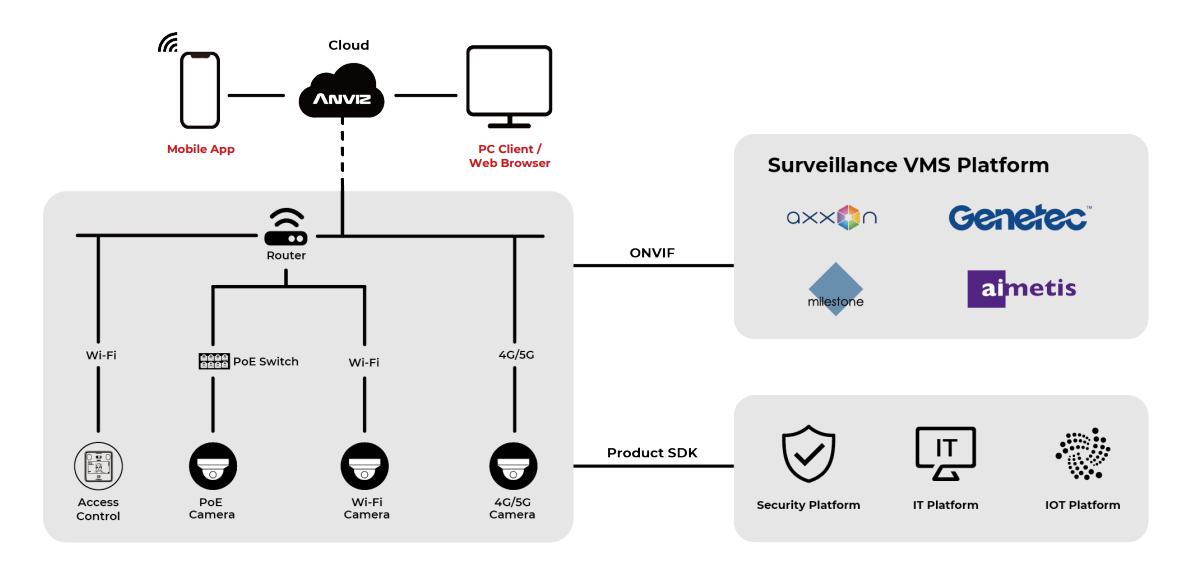

AI implementation in a video surveillance system is greatly affected by both computation and images. Due to the hardware limitations and real-world environment’s influence, the image accuracy of AI surveillance systems is often not as ideal as in the lab. It will have a negative effect on the user experience and the actual use of data.
The target devices for edge AI are often neither powerful nor fast enough to fully meet the memory, performance, size, and power consumption requirements of the Edge. The limited size and memory capacity would also affect the selection of machine learning algorithms.

How to provide sufficient security mechanisms to protect user information and meet compliance requirements is the primary problem that a cloud-based security system needs to solve. Reliable hardware with dependable software is great, but many people may be concerned about data loss or disclosure when the terminal uploads data to the cloud.
